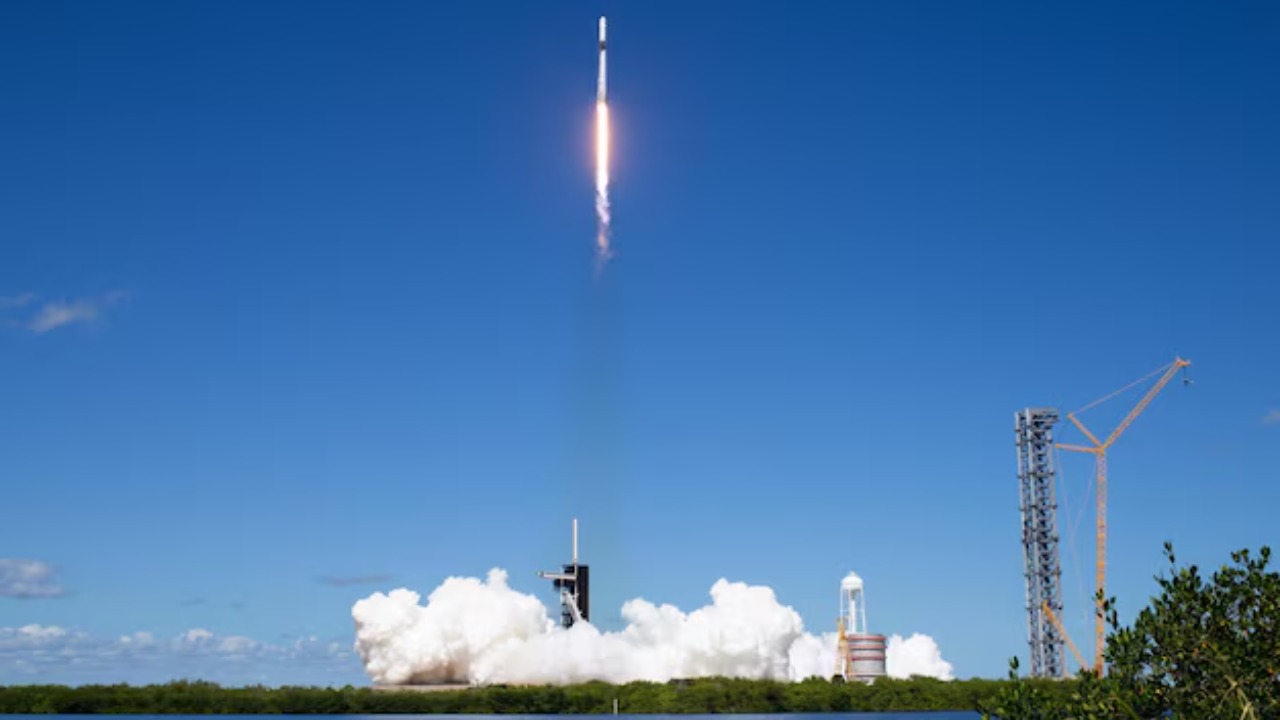
In an unprecedented move, the Federal Aviation Administration (FAA) has put a stop to all daytime rocket launches across the United States as of November 7, 2025. This decision comes in response to the escalating US government shutdown crisis, which has put a strain on federal operations and safety oversight. The ban affects both commercial and private spaceflight activities, potentially delaying numerous scheduled missions from key launch sites such as Cape Canaveral and Vandenberg Space Force Base. The ripple effects of the shutdown on the burgeoning space sector are becoming increasingly apparent, as operators are forced to reschedule or pivot to nighttime launch windows where possible.
Background on the FAA’s Launch Authority
The FAA, under the Office of Commercial Space Transportation, serves as the primary regulator for commercial space launches. Its responsibility extends to ensuring public safety during rocket operations. However, the ongoing government shutdown has led to federal funding and staffing shortages, impairing the FAA’s ability to conduct real-time monitoring and approvals for launches. The FAA’s official guidelines on launch licensing highlight that routine daytime activities require active government personnel, who are now unavailable due to the shutdown.
The Scope of the Daytime Launch Ban
The ban covers all daytime rocket launches, defined as operations occurring between sunrise and sunset local time. This includes both suborbital and orbital missions. The ban was implemented on November 7, 2025, when the FAA issued the stoppage order amid the deepening US government shutdown crisis. The FAA daytime rocket launch ban prohibits these activities until the shutdown is resolved.
Immediate Impacts on US Launch Sites
Major facilities such as the Kennedy Space Center in Florida have been disrupted, with multiple providers having had daytime slots booked for the coming weeks. West Coast operations at Vandenberg Space Force Base in California have also been affected, with tests for satellite deployments being scrubbed. The ban has forced a reliance on limited nighttime launch windows, which pose additional logistical and safety challenges for crews and equipment.
Effects on Commercial Space Operators
Companies like SpaceX and Blue Origin, known for their aggressive launch cadences, are feeling the fallout. Their frequent daytime flights for Starlink and New Glenn missions are now on hold. Financial repercussions are also being felt, with delayed revenue from payload contracts and increased costs for rescheduling amid the US government shutdown crisis. Operators are now focusing on adapting to the restrictions and preparing for FAA recertification once federal services resume.
Government Shutdown’s Broader Context
The current US government shutdown has been intensifying, leading up to the FAA’s decision on November 7, 2025. Non-essential federal agencies like the FAA have been heavily impacted. Approximately 800 FAA employees have been furloughed, directly hindering launch oversight and environmental reviews. While there have been historical precedents of shutdowns affecting space activities, such as minor delays in past fiscal crises, the scope of this ban is unique.
Potential Pathways to Resolution
Short-term workarounds are being analyzed, including emergency waivers for critical national security launches that might bypass the daytime restrictions. However, long-term recovery could take weeks once the shutdown ends and full FAA staffing returns, due to the backlog. Stakeholders are calling for legislative action to protect space commerce from future shutdown vulnerabilities, tying back to the crisis’s role in the November 7, 2025, decision.
More from MorningOverview